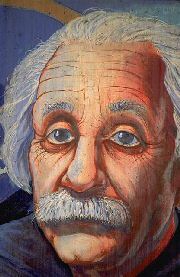
The team worked with a new form of matter, known as a Fermion superfluid, that was first produced in 2003. Superfluids exhibit characteristics distinctively different from the solids, liquids and gases that dominate everyday life. Most notably, superfluids can flow ceaselessly without any energy loss whatsoever. In creating the Fermion superfluid, the team built on the work of the 2001 research that created the first Bose-Einstein condensate.
The laws of quantum mechanics forbid fermions from condensing but Chin and his colleagues used a technique called Feshbach resonance to bind two atoms into a simple molecule that behaves like a boson. The process is carried out in a magnetic field and resembles the type of electron pairing that causes superconductivity. This type of electron pairing is called Cooper pairing. Cooper pairings are the long-distance marriages of the subatomic world, where electrons are bonded at distances far greater than usual. “We have discovered a handle to adjust the interactions between atoms and between molecules, which allows us to synthesize complex quantum objects,” Chin said. Two years ago, the Innsbruck scientists found a deep and unexpected connection between Bose-Einstein condensates and the bonding of Cooper pairs. They learned that they could use a pair of atoms to simulate the electrons of a Cooper pair. And more importantly, they could control the interactions of the atoms.
In their latest achievement, Chin and his colleagues have learned how to use Feshbach resonance as the control that binds the simple molecules made of cesium atoms into even larger clusters at temperatures near absolute zero. “Since 2003, the controlled synthesis of simple molecules made of two atoms has opened up new frontiers in the field of ultracold quantum gases,” said Rudolf Grimm. He said their present work shows that ultracold simple molecules can be merged to form more complex objects consisting of four atoms, he said.
The synthesis of ultracold molecules is so new, it is difficult to predict potential applications, Chin said. But it puts a new field called superchemistry on a firm experimental footing. In superchemistry, scientists are able to precisely control the pairings and interactions of the atoms and molecules in Bose-Einstein condensates. “We are physicists, but now our field’s starting to overlap with chemistry,” Chin said.
As ultracold molecules are synthesized into complex quantum objects, phenomena hidden at the subatomic scale will now become visible. “These objects may open up completely new possibilities to study the rich quantum physics of few-body objects, including chemical reactions in the quantum world,” Grimm explained.



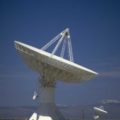
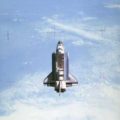
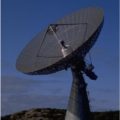
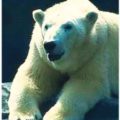

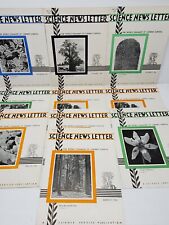
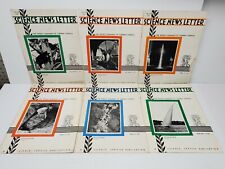
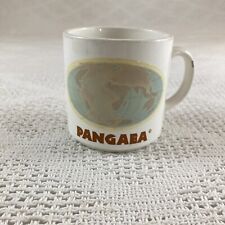
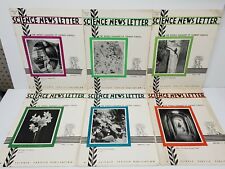
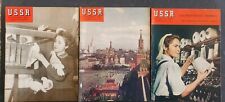
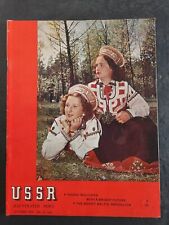
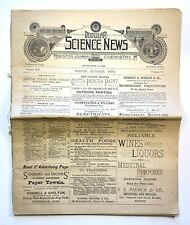
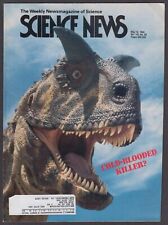
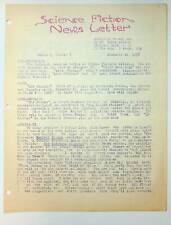
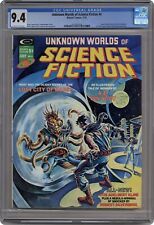
Comments are closed.